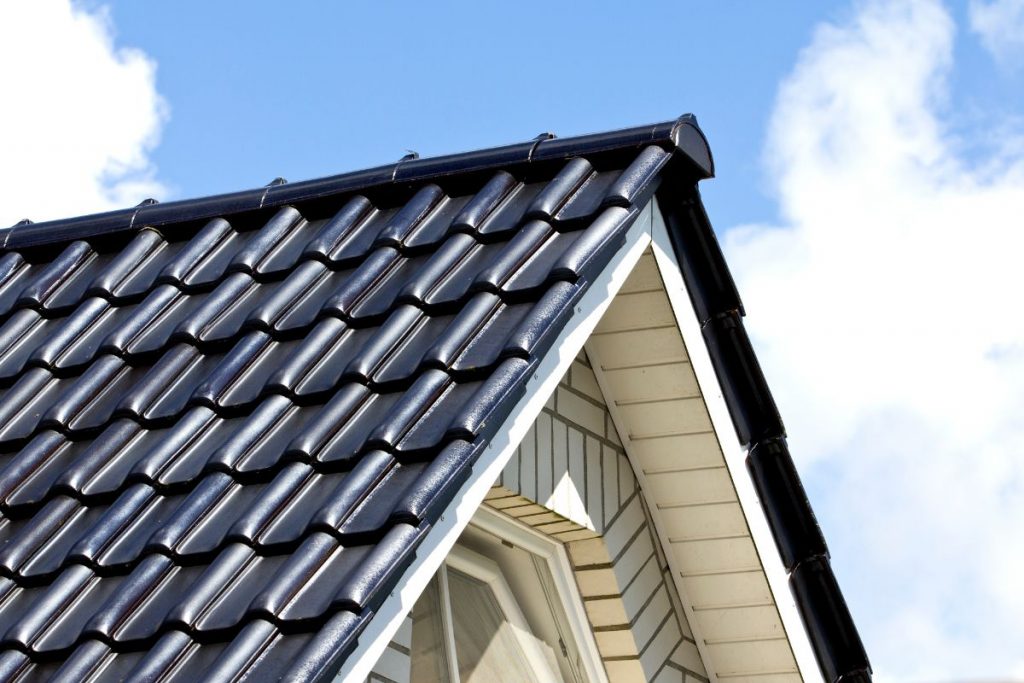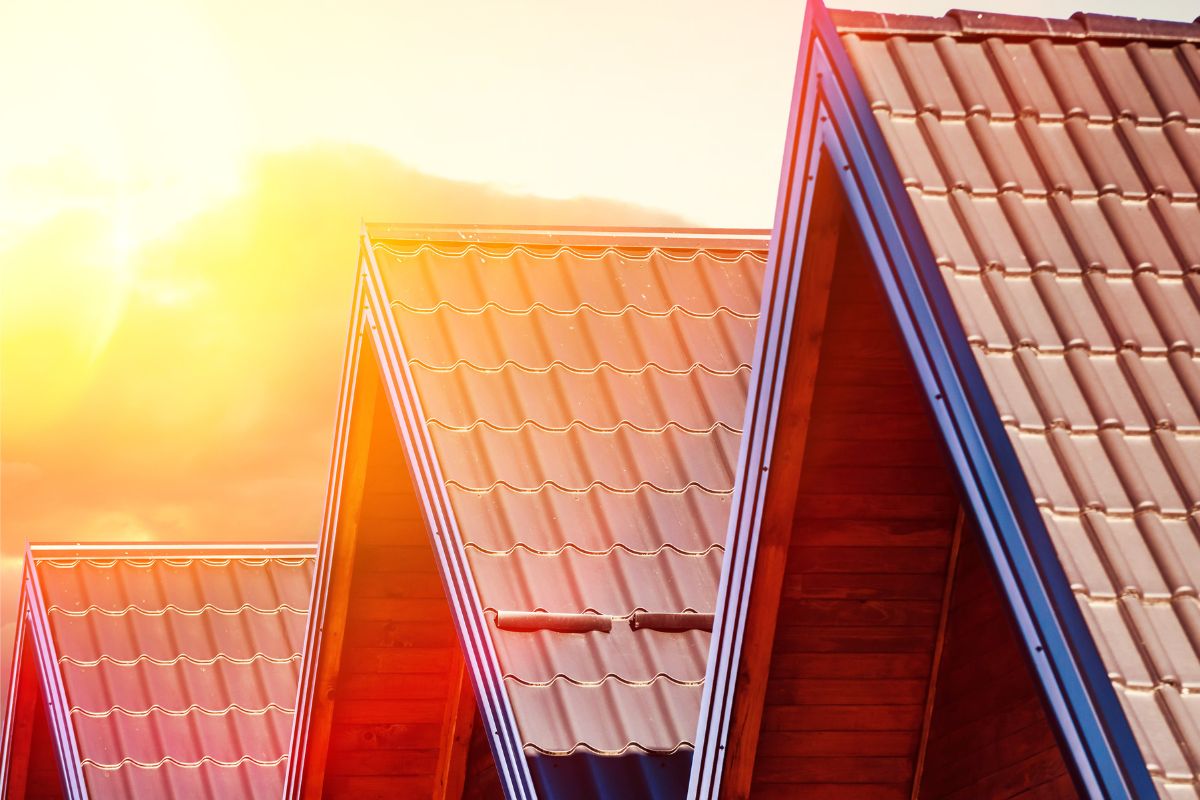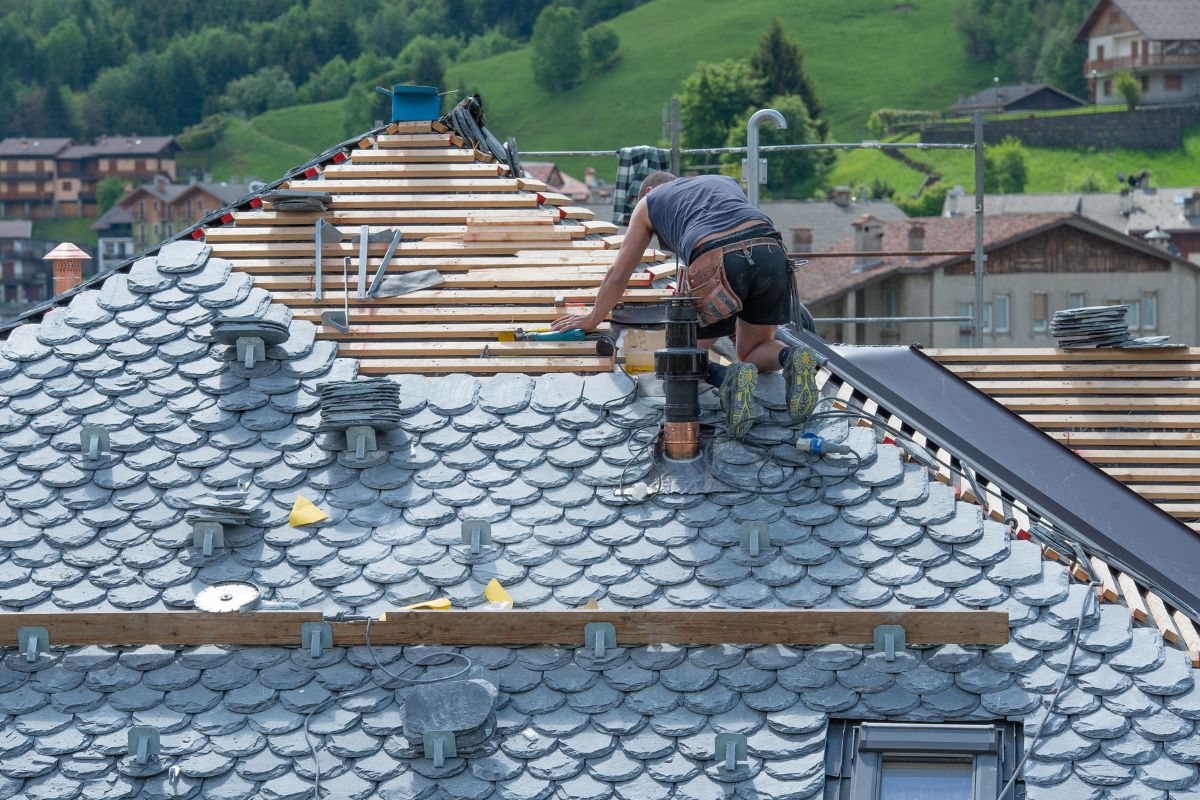Roofing in a Changing Climate: Adapting to Weather Extremes

Extreme weather events are becoming more frequent and intense due to climate change, posing unprecedented challenges for industries across the globe. If you’re planning on constructing a building or getting your roof serviced, you should know that this phenomenon is impacting the roofing industry.
Rising temperatures, shifting weather patterns, and increased energy demands are reshaping how we approach roof construction and maintenance.
Here, we’ll explore how climate change is transforming the roofing industry while discussing necessary adaptations to ensure resilient roofs in a changing climate.

- Adapting to Changing Weather Patterns
Imagine waking up one morning to find your neighborhood battered by a powerful storm with intense winds and heavy rainfall. Perhaps you wake up in sweltering heat and humidity, making your home uncomfortable to stay in. These are all too possible in states like Florida.
It is important to note that climate change has brought about these significant shifts in weather patterns, resulting in more frequent and severe weather events. These changes directly impact roofs, making it crucial for the roofing industry to adapt and develop resilient solutions.
So, you might be wondering: Can your roof withstand such extreme conditions? With climate change causing an increase in severe storms, hurricanes, and heatwaves, roofs face greater risks than ever before.
One thing you should know is that incompetent construction and poor roof maintenance can lead to hazardous, costly, and even fatal circumstances. That’s why the roofing industry is evolving rapidly to meet these challenges head-on.
Professional roofers offer the most durable materials that can withstand impact and wind pressure. Plus, the industry is developing techniques that reinforce your roofing system.
2. Enhancing Energy Efficiency
One good thing about today’s world is that environmental consciousness is on the rise, with a growing emphasis on energy efficiency. As individuals and industries strive to reduce greenhouse gas emissions, it comes as no surprise that the roofing industry is also making strides in this area.
Curious about how roofs can contribute to energy efficiency? Well, traditional roofing materials like asphalt shingles or metal sheets can absorb a significant amount of heat from sunlight, leading to increased cooling needs in buildings. This not only takes a toll on energy consumption but also contributes to higher carbon footprints.
Interestingly, advancements in technology have paved the way for innovative and energy-efficient roofing materials that help mitigate these challenges. Some options are designed with reflective properties or insulation features that minimize heat absorption and maximize energy conservation.
Many roofers also offer a variety of environment-friendly options like cool roofs and green roofs that not only improve your eco-footprint but also enhance insulation and energy efficiency.
3. Evolving Building Codes
You might be wondering how revising building codes contributes to the resilience of roofs. What you should realize is that building codes set minimum standards for the design, construction, and maintenance of structures, including their roofing systems.
These regulations provide guidelines that help ensure buildings can withstand environmental factors such as wind loads, snow accumulation, and extreme temperatures.
It is important to keep in mind that building codes are constantly being updated to reflect changing climate conditions. This means that new regulations are being put in place to account for increased risks associated with severe weather events caused by climate change.

Collaboration between the roofing industry and regulatory bodies is essential in this process. By working together, they can develop comprehensive strategies to enhance roof resilience through code compliance and enforcement.
Final Thoughts
Addressing climate change in the roofing industry is crucial, so that we protect our homes, contribute to sustainability efforts, and secure a better future. The good news is that you can consult professionals for energy-efficient and durable choices, making your home a more eco-friendly and safer place to live in.
